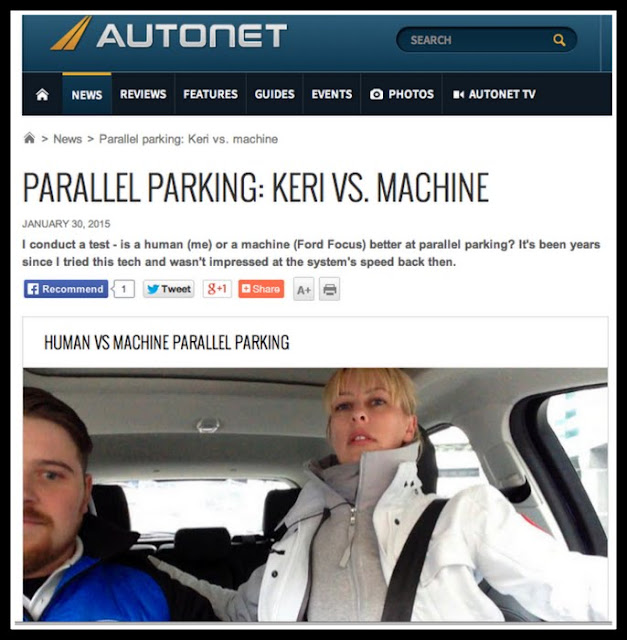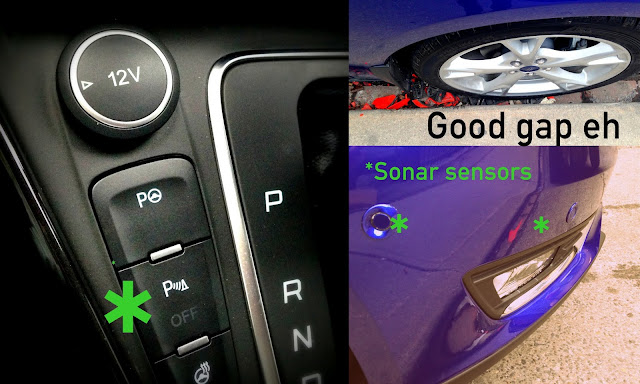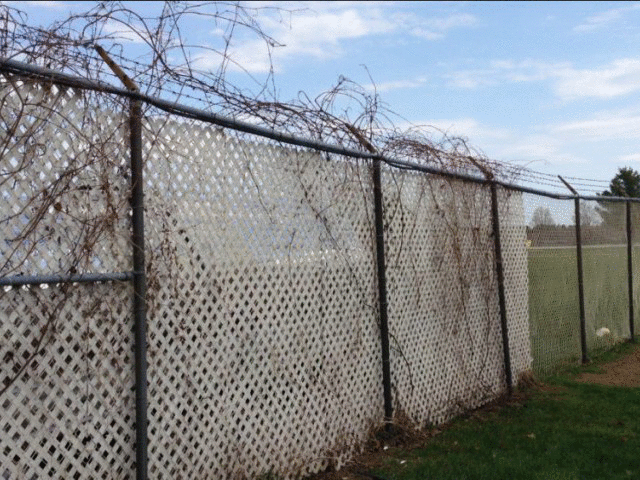I first tried a self-parking system about 3 years ago, thought it was neat but un-nerving, and I declared it too slow to be helpful.
3 years later – and coincidentally in another Ford Focus – I test the system again.
Test Results – the new system is slick, and now both the speed and quality of its parking is better than a human.
Read it online at Autonet.
Favourite line:
Still, though, I think that if you can’t parallel park, and are too scared to practice and improve, you should get off the road.
Sonar works similar to radar, and here’s how that works.
Back to ‘Keri on Driving’ – Index







